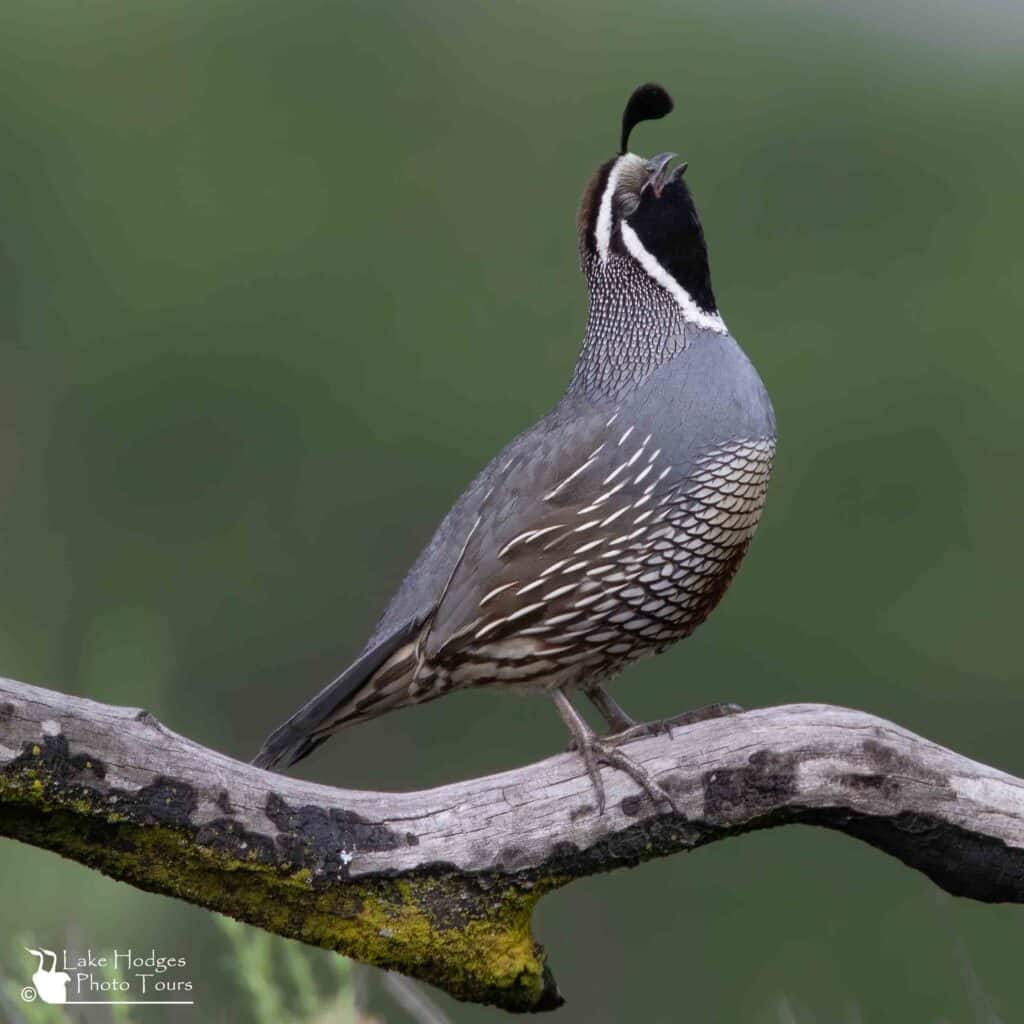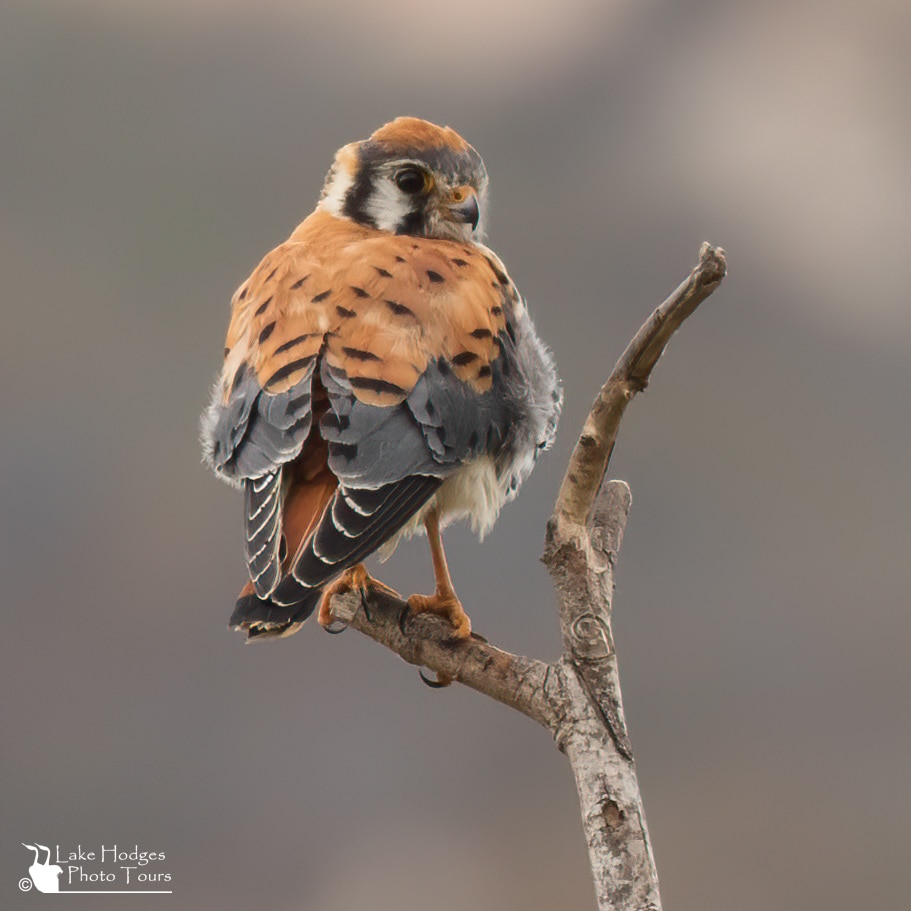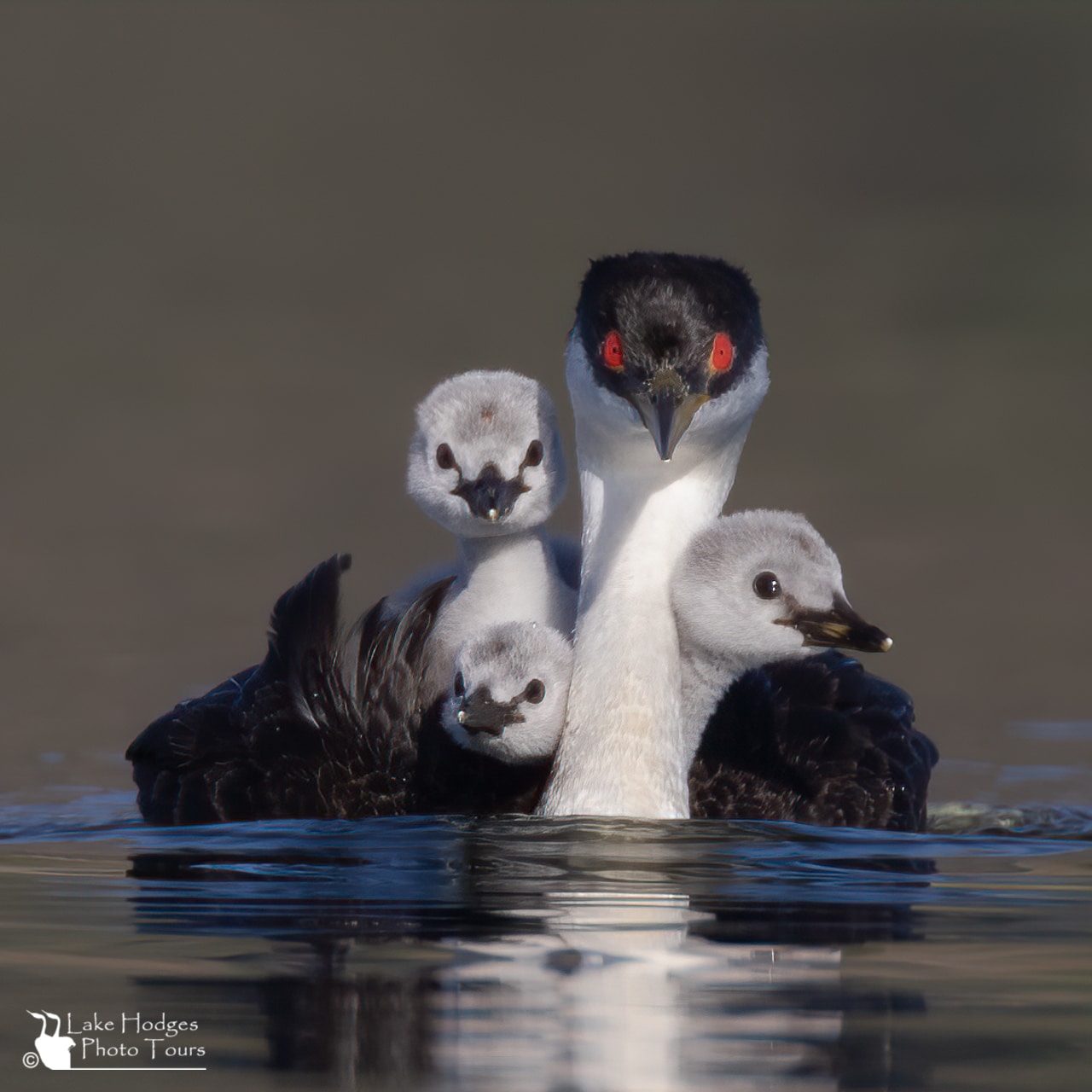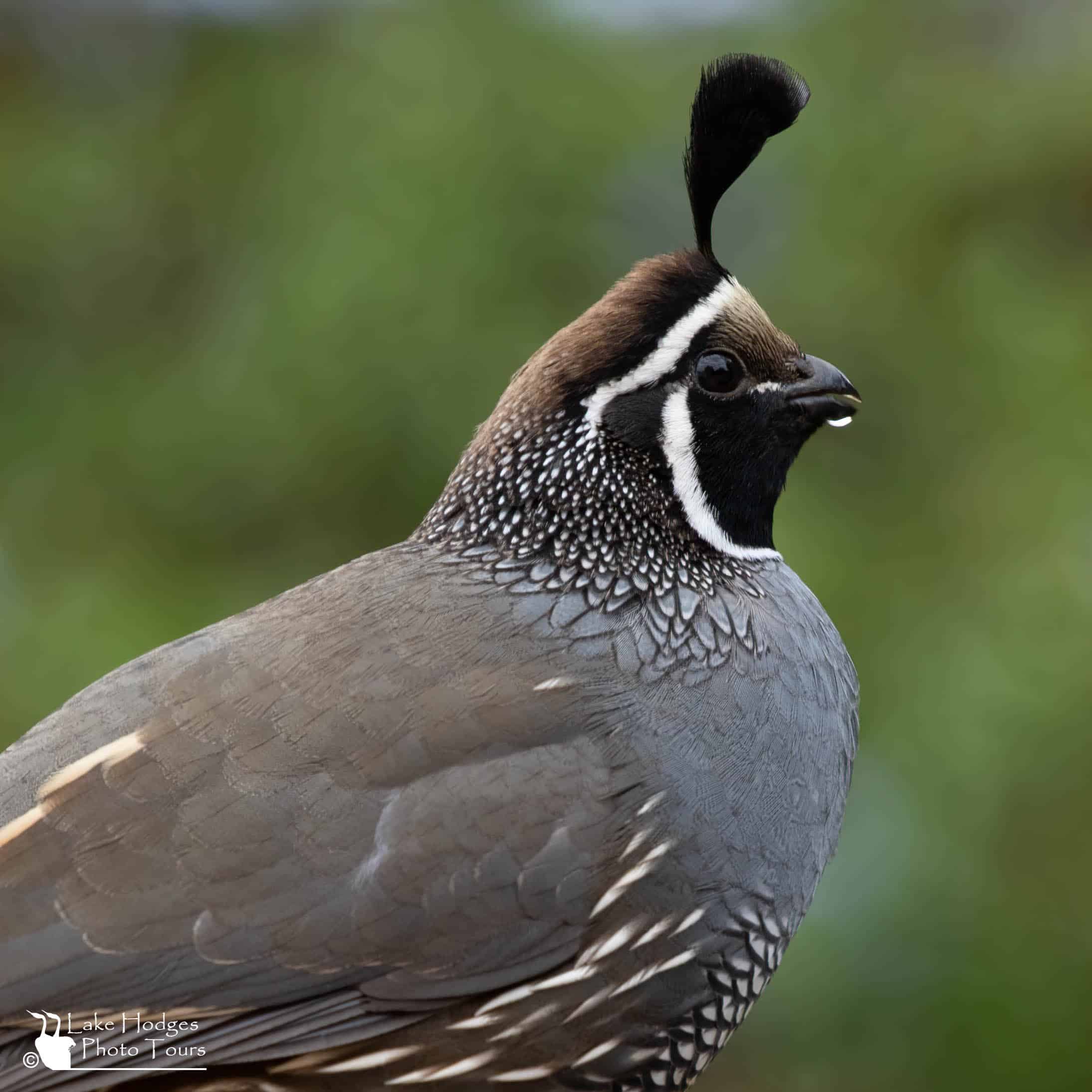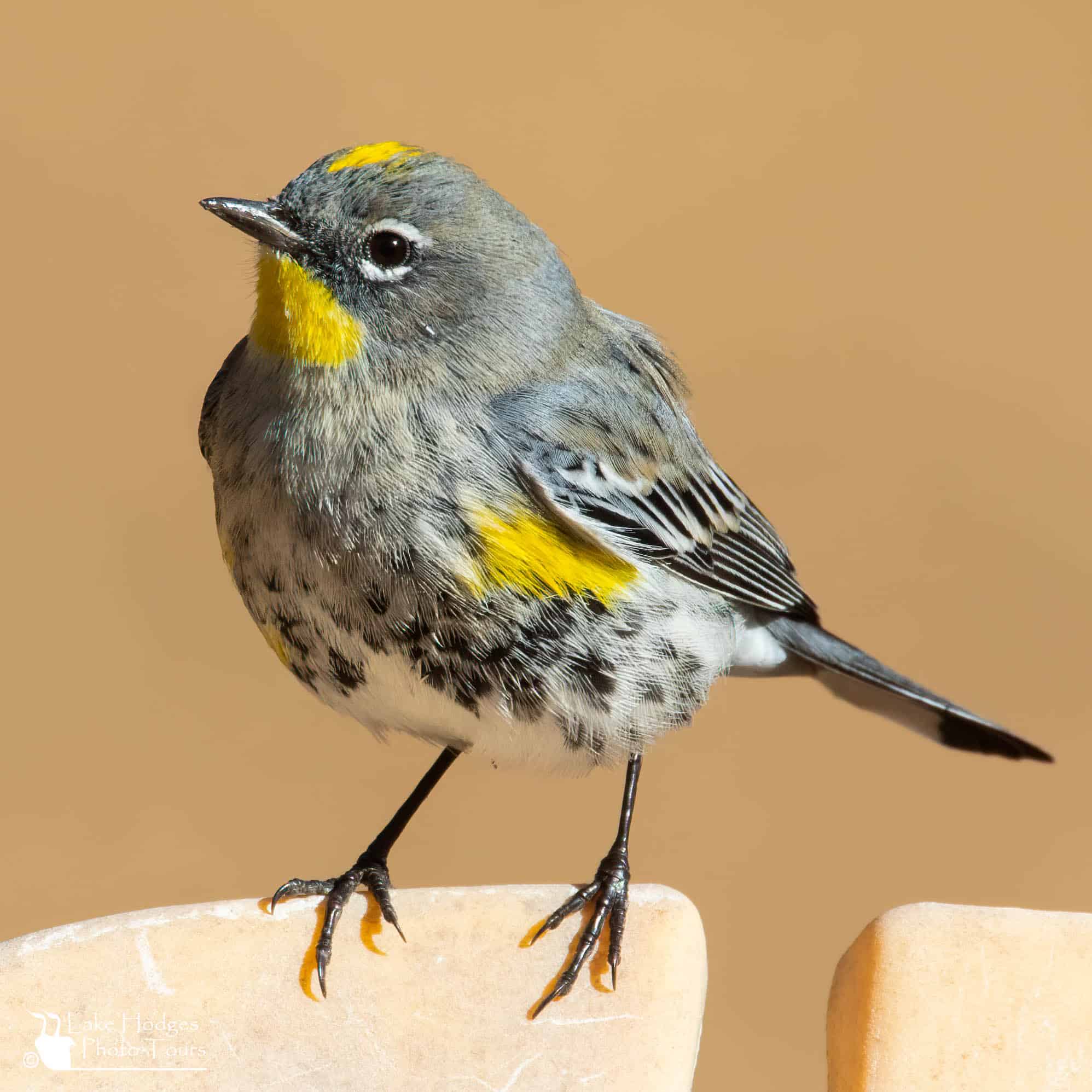Male Bluebird coming in to feed the chicks. The video shows both regular speed, and slowed down.
I’ve been watching a pair of Bluebirds for a few years now. This time I thought I’d shoot some accompanying video. Always something to see at Lake Hodges.
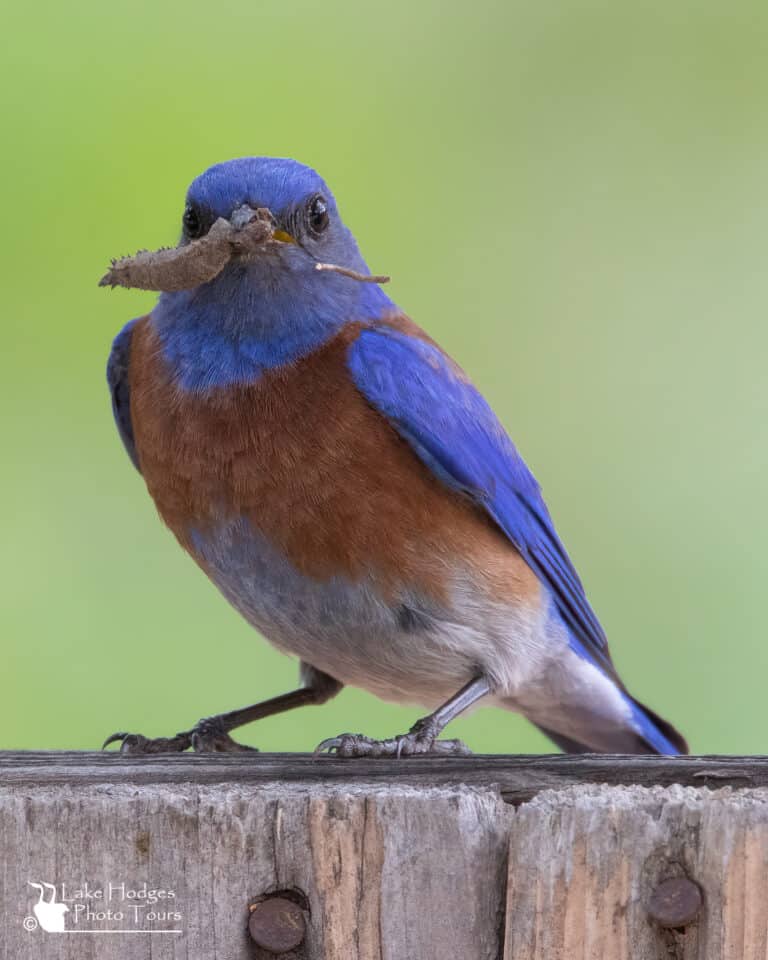
Woodpeckers are simply wonderful
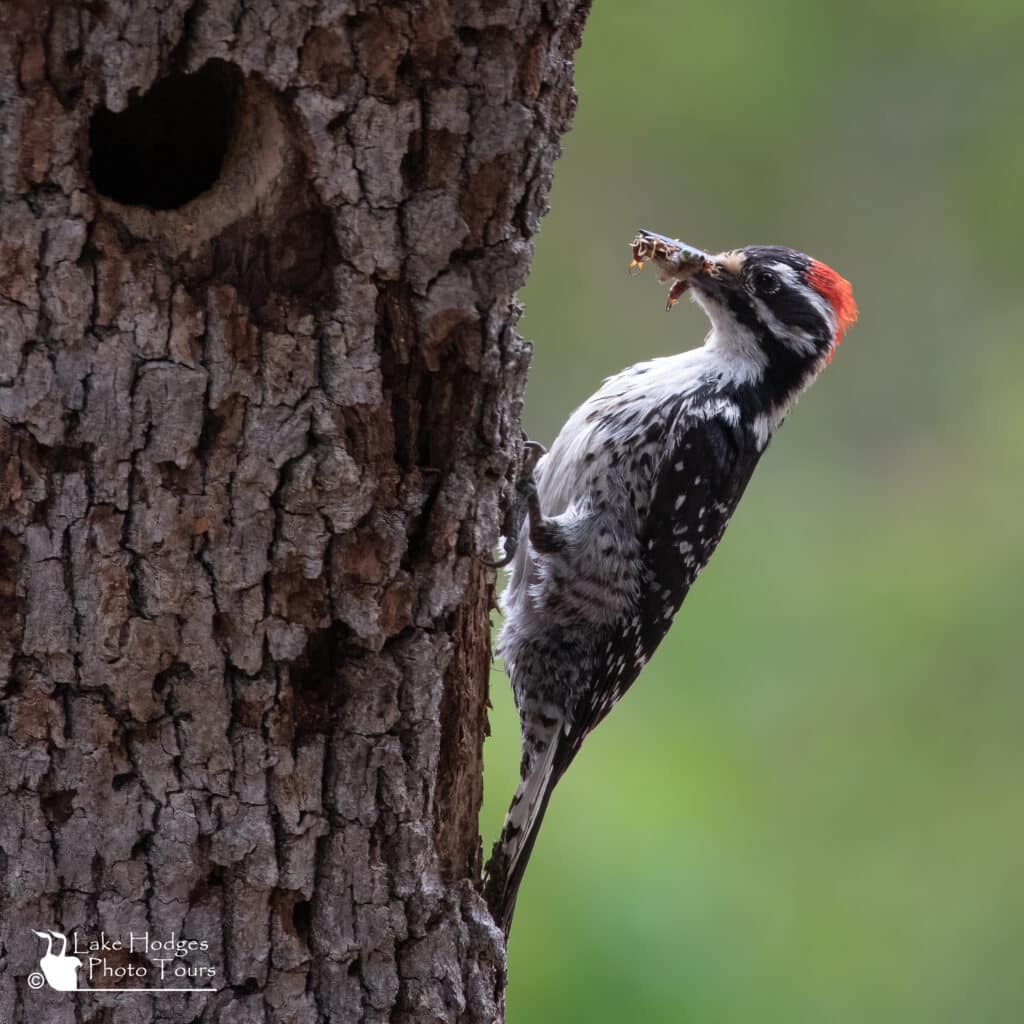
This male Nuttal’s woodpecker is working nonstop bringing in the food for the chicks in the nest cavity. The chicks will soon start tentatively popping their heads out of the hole, surveying their immediate surroundings. 🙂
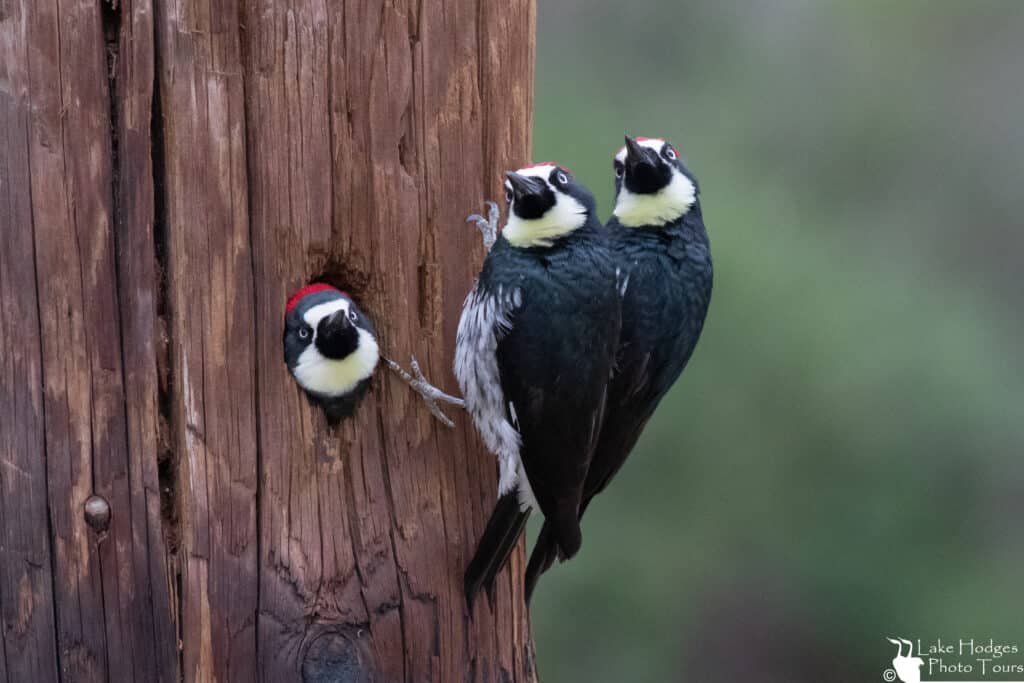
Unlike their smaller Nuttall’s cousins, the Acorn Woodpeckers have a uniform black back and are well known for their gregarious behavior. Family groups will manage their ‘granary tree’ and pitch in to help rear chicks. Both the male and female sport a red cap, whereas only the the male Nuttal’s have that honor. Due to the higher, yet quieter pitch of the begging calls coming from this cavity, this group have a younger clutch than the Nuttal’s above.
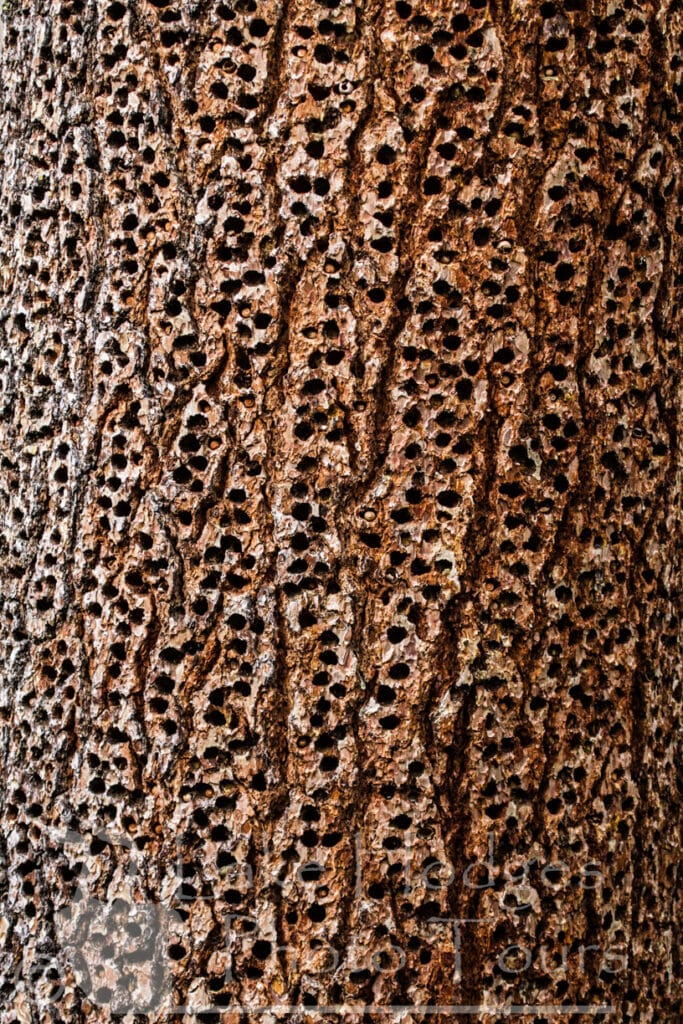
Here’s a good example of an Acorn Woodpecker’s ‘granary tree’. In the fall, Acorn Woodpeckers harvest their local acorns and meticulosly fill each hole with the best fitting acorn. As the acorns dry up and shrink in size, the Woopecker’s will move them to a snugger fitting hole.
Opening Day - Wed May 31st
The State of California amended the mandated maximum water level of Lake Hodges to never exceed 280’ (80’ at the dam) until the new dam is built…. At this level the pump station will be inoperable. During the recent rains the rate of water entering the Lake was higher than the rate it could be removed so the lake level rose to approx. 295’, (95’ at the dam). With the rains finally subsiding the City has been draining the lake using the pump station while it is still possible to do so. Limited recreation is scheduled to start on Wed May 31st
How this will affect the Grebes nesting cycle is still unsure? At the moment the Grebes are building nests and copulating. There may even be chicks this season if the water isn’t drawn down too fast, (unlikely). The timeline for completion of the proposed new dam is currently 12 years. In that time frame new vegetation may grow and provide material for nest building, but the areas available for nesting may be too exposed to the wind and predators? Historically Grebes have not nested when the Lake levels have been this low. As a founding board member of the Friends of Lake Hodges, https://friendsoflakehodges.org/ I encourage you to take a look or better yet, get involved.
Feel free to share on your preferred Social Media.

